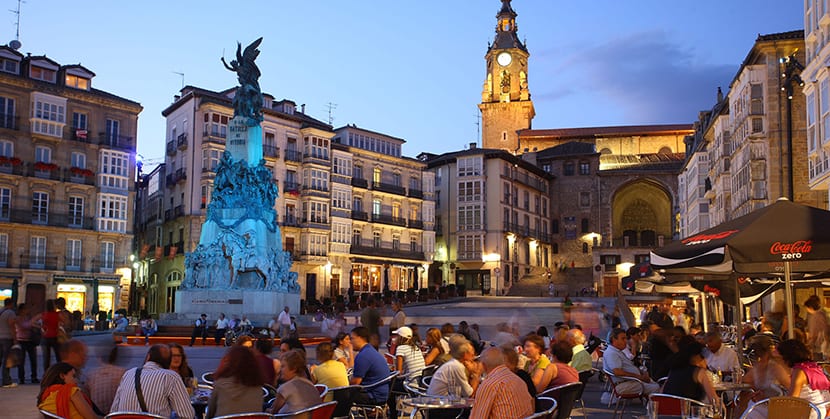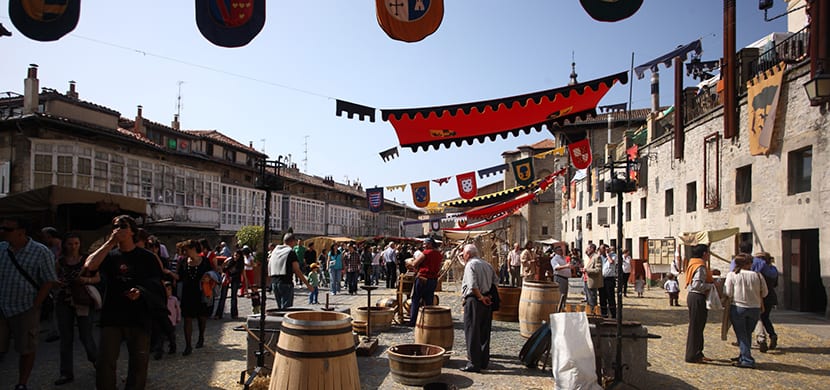
Last week we talked about Treviño, its caves and his desire to belong to the Basque Country. Today we return to those parts to talk about medieval market of Vitoria, the capital city of Álava and seat of the Basque government and parliament.
It has always been a city of brilliance and importance and that is why it celebrates many festivities and events, among which today we will highlight the medieval market. We will discover what it is about, when it takes place and the wonders that we can witness there.
Vitoria
Officially the name is Vitoria - Gasteiz and it was an important enclave as a crossroads since the time of the Roman presence in the peninsula. It was the site of some important historical events in the Middle Ages, but it lost its importance over the centuries and when it reached the XNUMXth it was still a small city, very little industrialized and terribly conservative.
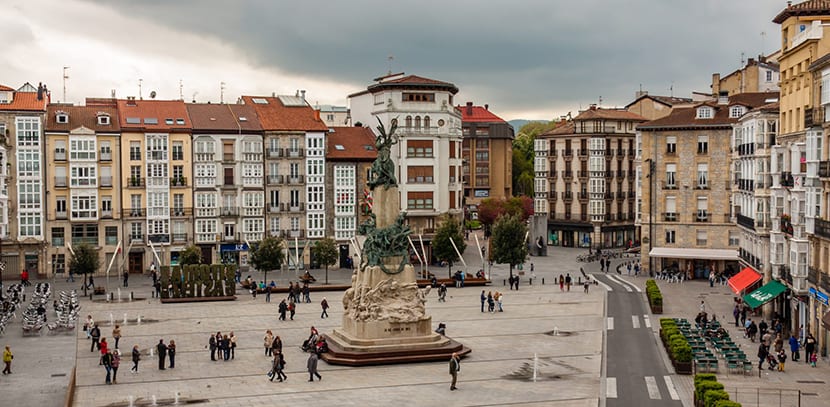
It was after, in the 50s, industrialization would begin and from his hand, since Vitoria would grow in expansion, modernization and number of inhabitants. For those in memory, a terrible attack on the working class by the police took place here in 1976: a large group of striking workers were gathered in a church when the police forced them out with tear gas, only to shoot them as they ran. of the building. A massacre that, not surprisingly, was never investigated or brought to justice.
Vitoria soon after, in 1980, became capital of the Basque Country.
Medieval market of Vitoria
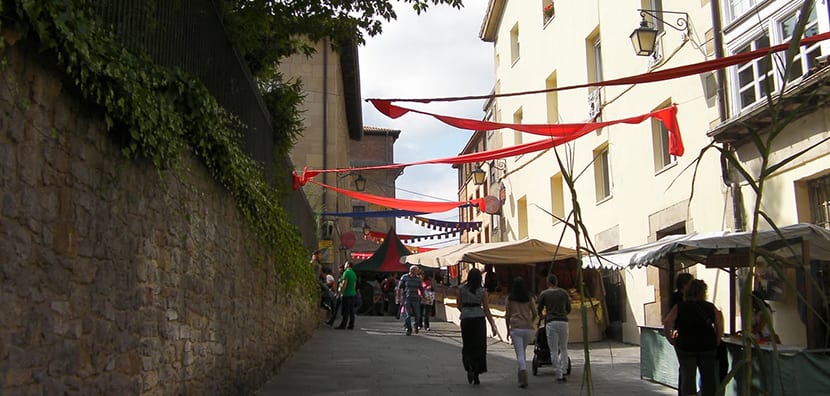
This colorful and friendly market is one of the many cultural offers that the city offers and takes place the fourth weekend of September in the medieval town, obviously. This old town is also known as "Medieval almond" because it is shaped like that dried fruit.
It is located on top of a hill, the highest point in the area, where a village was originally built, from which Sancho VI the Wise founded Nova Victoria in 1181. It has a wall that was built during the XNUMXth century, and even earlier. The fortress at the top, naturally, was strategic for the control and defense of the kingdoms of Castile and Navarre in those centuries, from the XNUMXth to the XNUMXth.
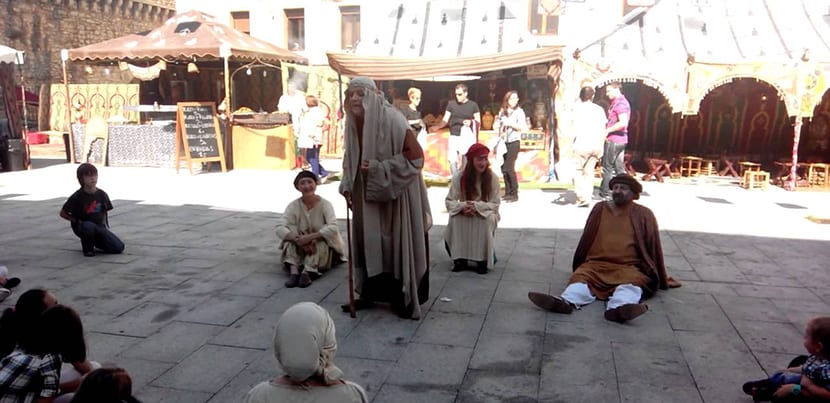
It is the oldest part of the city and it is largely pedestrianized. It is here where you can wander quietly through narrow streets, eat in restaurants and bars with pinchos and tapas. Before going to the market through these streets there are also some must-see visits:
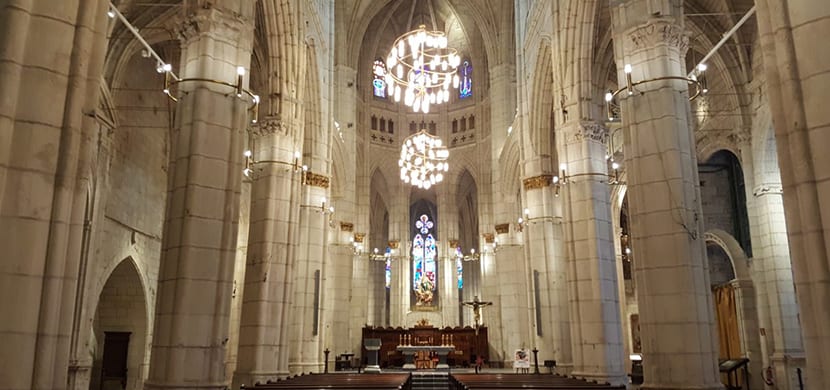
Thus, we can name the Casa del Cordón, where popes and kings have slept, in civil Gothic style, the Machete Square, beautiful medieval corner south of the historic center, The Portalón, from the XNUMXth century, in the Burullería Square, next to the Armory House of the Gobeo-Guevara de San Juan, la Tower of the Anda and this same tower, the oldest defensive building in Vitoria, at the foot of the Cathedral of Santa María.
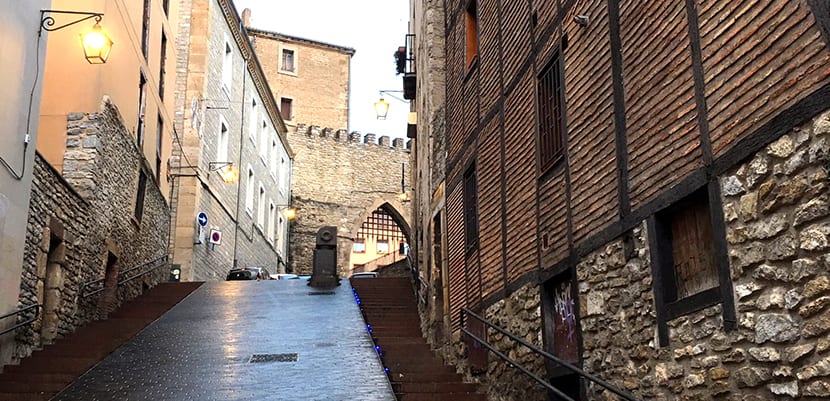
The old town of Vitoria is really great, and it is here then that the medieval market takes place. In the best scenario. The market does nothing but celebrate the original market, the one that was organized in the Middle Ages and where travelers from the north and south converged. How do you get to this place? There are several lines of Bus, trolley car and of course there are also cabs.
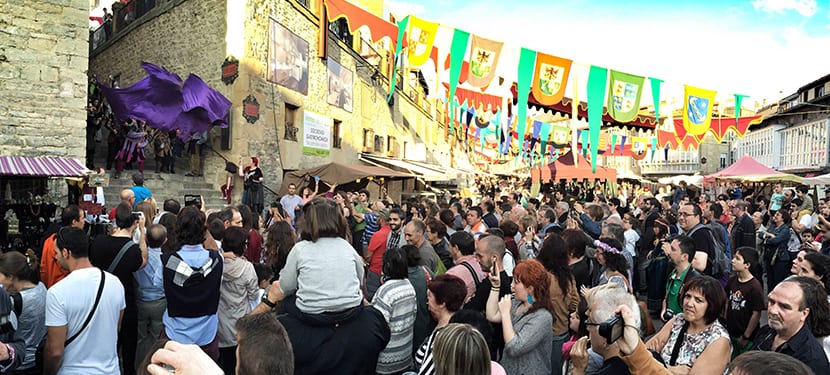
The medieval market of Vitoria - Gasteiz takes place every year on the fourth weekend of September, from Friday to Sunday. In general, the hours are usually as follows: Fridays are from 6 to 10 pm and Saturdays and Sundays from 11 am to 2:30 pm and from 5 to 10 pm. It gathers crowds and the streets recreate that medieval atmosphere that the movies have achieved «romanticize«.
The market has many stalls, about 200, led by different artisans who come to show their craft: there are bakers, goldsmiths, carpenters, blacksmiths, glassmakers and coopers. Everything takes the form of a colorful bazaar that combined the Judeo-Christian and Muslim traditions.
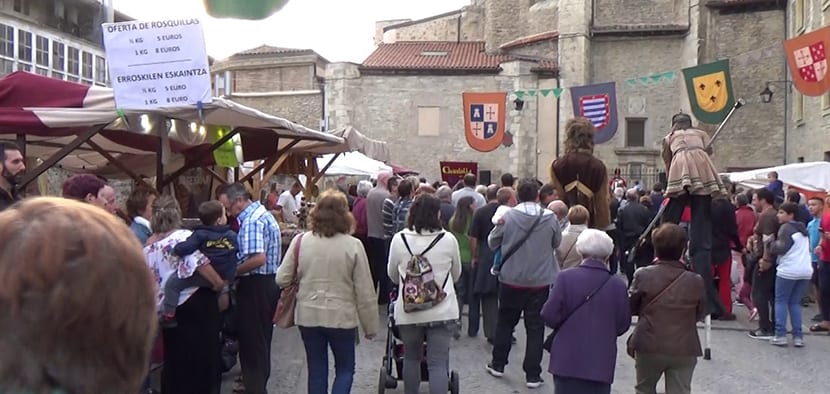
Of course, they add up theater performances, jugglers, puppet showsyes, people who play with fire and live music and live, in addition to minstrels and acrobats, farces and comedies, circus activities, medieval folklore, children's attractions and other things like siege engine exhibition, old taverns, fakirism, Arabic music and dances, demonstrations of fights and combats vintage, gentlemen's school, andexposure of elements of torture and a lot lot more.

It is possible that, as in previous editions, there costume and photography contest and craft workshops, all of this distributed in different corners of the historic center such as Plaza Berria, Plaza del Machete, between Cuesta de San Vicente and Los Arquillos, Santa María, La Burullería or Plaza Edificio Fray Zacarías, for example.
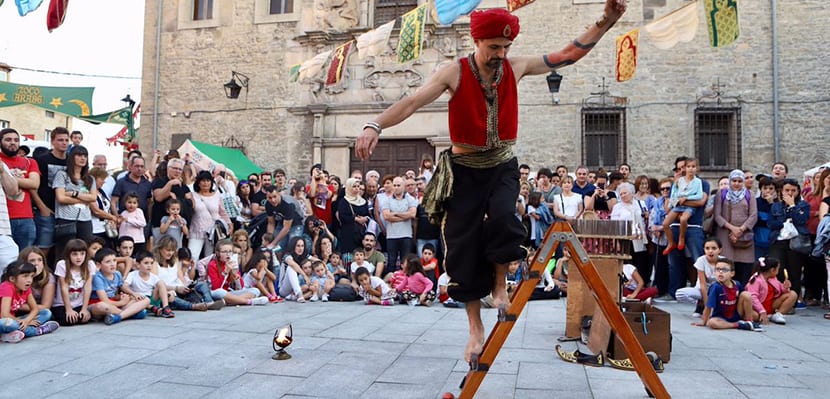
What can you buy? Well, a bit of everything, there are stalls craft, toy, gem and mineral soapsThere music boxes from which ancient melodies come, swords all types, carnival masks, costume jewelery, spices, herbs and food of all kinds as food stalls abound.
Finally, don't forget to meet a couple of palaces beautiful Renaissance style. You will surely find them walking through the Old Town. They are the Montehermoso Palace and Escoriaza-Esquivel Palace. The first today is a cultural center. You can't forget about the Cathedral of Santa María, from the thirteenth century, or La Casa del Cordón that we named above, which has a beautiful facade.
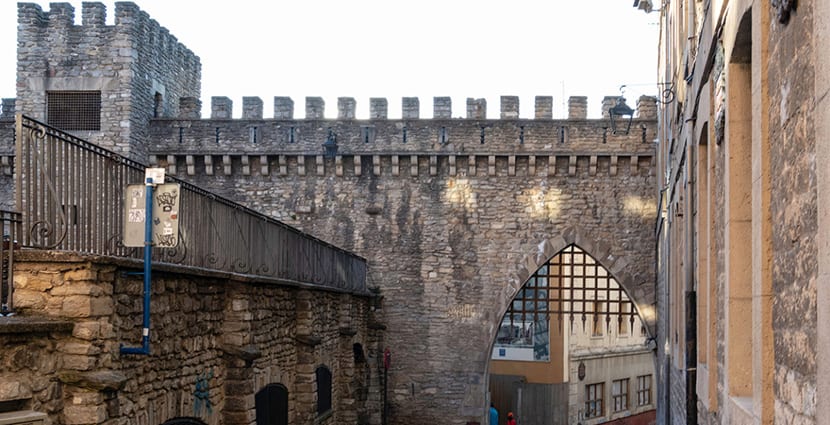
And if you have time left and you want to visit museums, do not miss the Playing Card Museum and Arqueologic Museum, Bibat Museum in the Bendaña Palace, and since we are here do not forget the Palace of Villasuso. Aim!
This year lThe 2019 edition will take place from September 27 to 29 and anyone who lives in the area and wants to participate can do so by contacting the organizing company, Zaragoza & Eventos SL. It will be the XNUMXth edition.
